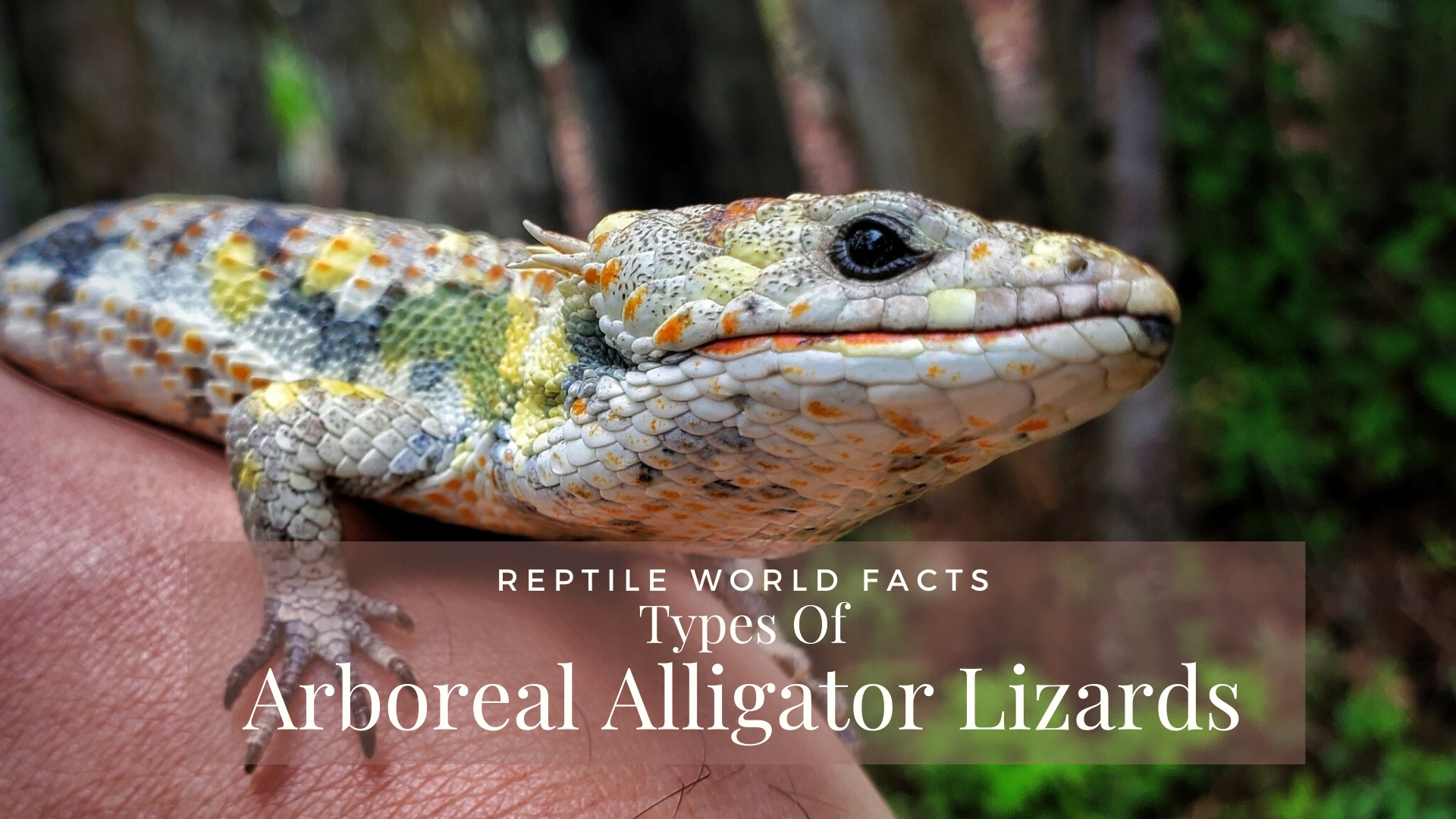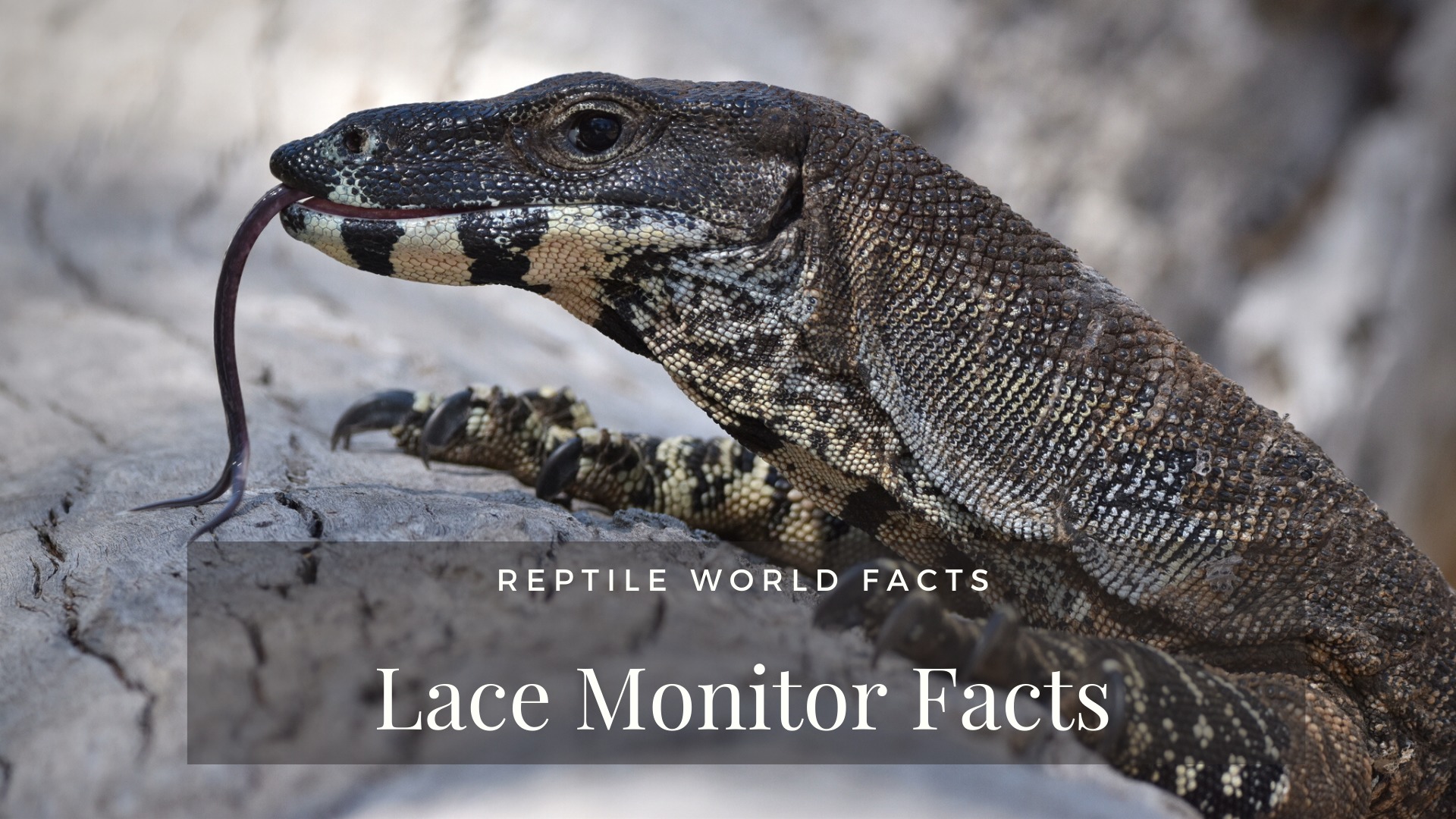The northern caiman lizard is a fascinating lizard that loves the water and can be found in Brazil, Colombia, Ecuador, Peru, and the Guianas. Despite them having the name caiman, these little guys are more closely related to the tegu than an actual caiman (crocodilian)! If you want to read more about these water-loving lizards, keep reading!
Banner Photo: here
Quick Facts
Scientific Name: Dracaena guianensis
Common Names: Northern Caiman Lizard, Water Tegu, and Guyana Caiman Lizard
Geographic Range: Brazil, Colombia, Ecuador, Peru, and the Guianas.
Life Span: 10+ years
Conservation Status: Least Concern
Top 10 List – Northern Caiman Lizard
1. Unique Appearance
Northern Caiman Lizards have a very unique and distinct look that makes them easily identifiable. The caiman lizard has a body that ranges from olive to bright green, and their head is a red or orange color. Their tails are anywhere from a brownish color to black and may have yellow stripes on them. As adults, they display a small amount of sexual dimorphism – the male has a broader head and their head is also a brighter red colour than the female’s.
2. Swimming Lizard
The northern caiman lizard spends most of its time in or around the water and spends the majority of their time swimming around and basking. They spend their nights hiding among the trees and bushes. To help them swim, caiman lizards have long, flattened tails which help the lizard to steer while swimming.
3. Hunted For Their Hide
Years ago the Caiman lizard was heavily hunted for its skin. However, in the 1970’s protection was provided for them. Because of this protection, the export of these animals’ hides has dropped dramatically. Now, Northern Caiman Lizards are not considered to be under the threat of extinction.
4. Where They Get Their Name
Northern Caiman Lizards are covered in large bony scales. These scales resemble that of a Caiman (a species of crocodile). Hence their name – Northern Caiman Lizards. Although they have these bony scales and a love for water, these lizards are actually cousins of the tegu, not the caiman crocodile.
5. The Baby Northern Caiman Lizard
While the reproduction of the northern caiman lizard is not extensively known, there are some guesses and facts as to how they reproduce. They are thought to behave in the same way as other larger lizard species, such as the tegu. After mating, it is believed the female will lay her eggs (around 5-7 at a time) in a hole along the riverbank. After which they then bury their eggs to protect them from being found by predators that may damage and eat the eggs. Once the babies have hatched around 180 days later, they are on their own from day one, because the parents do not stay to raise their young.
6. Specific Food Choices
Since the northern caiman lizard is adapted to live both on land and water, they do have more options as far as their diet goes. However, their main and favorite food source is snails. They use their powerful jaws to break the snails’ shells, and then consume the rest. They are known to occasionally also hunt for other invertebrates such as insects and crabs. Occasionally they may go after larger animals such as fish, rodents, and amphibians.
7. Few Predators
In the wild Northern Caiman Lizards have very few predators. The predators they do have include jaguars, larger snakes, and crocodiles. However, caiman lizards have two major defenses to escape their predators. The first is their ability to climb trees to get away, and the second is dropping into the water to swim away using their powerful tails.
8. Habitat
Caiman Lizards inhabit large swampy areas, as well as other wooded areas that may be flooded. These habitats allow them to be close to the water, which they use for food, swimming, and escaping predators. These habitats also have the trees they use for climbing and basking. Caiman Lizards spend most of their time basking on branches in the trees that overhang waterways because this allows them an easy way to escape by water.
9. Caiman Lizards in Captivity
Northern Caiman Lizards are protected by CITES, and listed on Appendix II. This means that virtually all caiman lizards available for sale are farmed or captive-bred lizards. Since these lizards are captive-bred, it is easier for keepers to acclimate them to life under human care.
These lizards are not suitable for just any keeper. They require massive amounts of space that have both room for swimming/exploring, and land for climbing/digging, etc. They also require a specific diet, and finding the food that your caiman will eat can be difficult, however, it is slightly easier with captive-bred babies as they can be trained from a young age. These lizards are also extremely powerful and can injure keepers if they are not equipped to handle these large lizards. Because of these qualities, it is best to leave this specific species for the extremely experienced reptile keepers, and zoos.
10. Large And Strong Lizards
Caiman lizards are strong, powerfully built lizards and are a pretty decent size. They have powerful jaws, long strong tails, a heavy-set body, and muscular powerful limbs. They are a decent size lizard as they can grow anywhere from 2-4 feet, and weigh up to 10 pounds.
—
Enjoy this article? Share it with your friends using the links below! Also, leave a comment below and let us know what you think. Thanks for reading!








